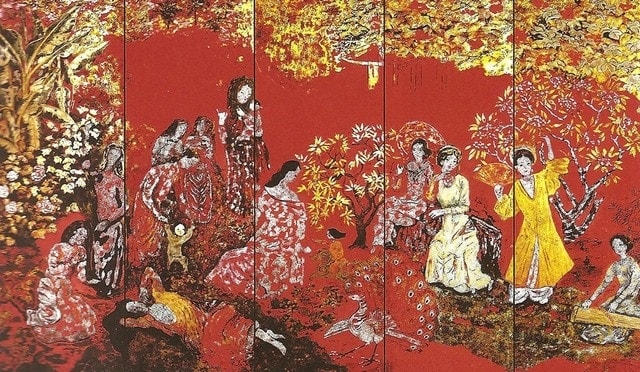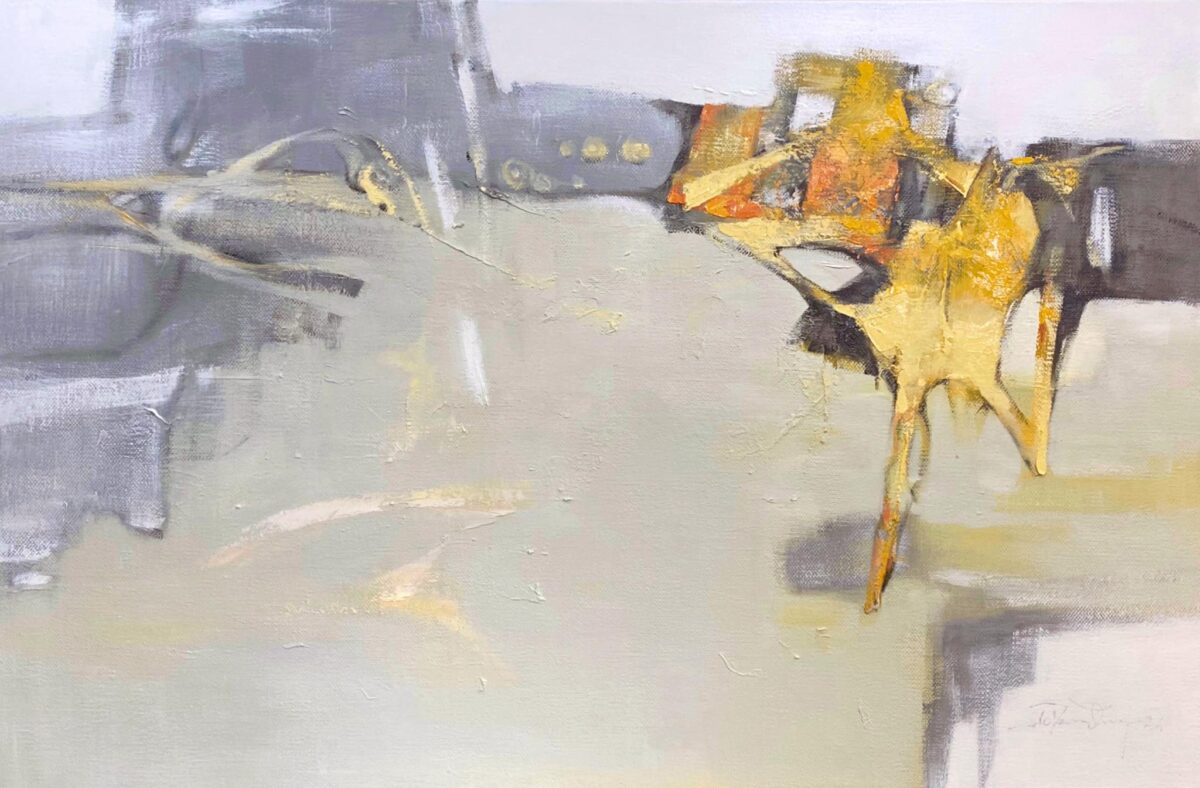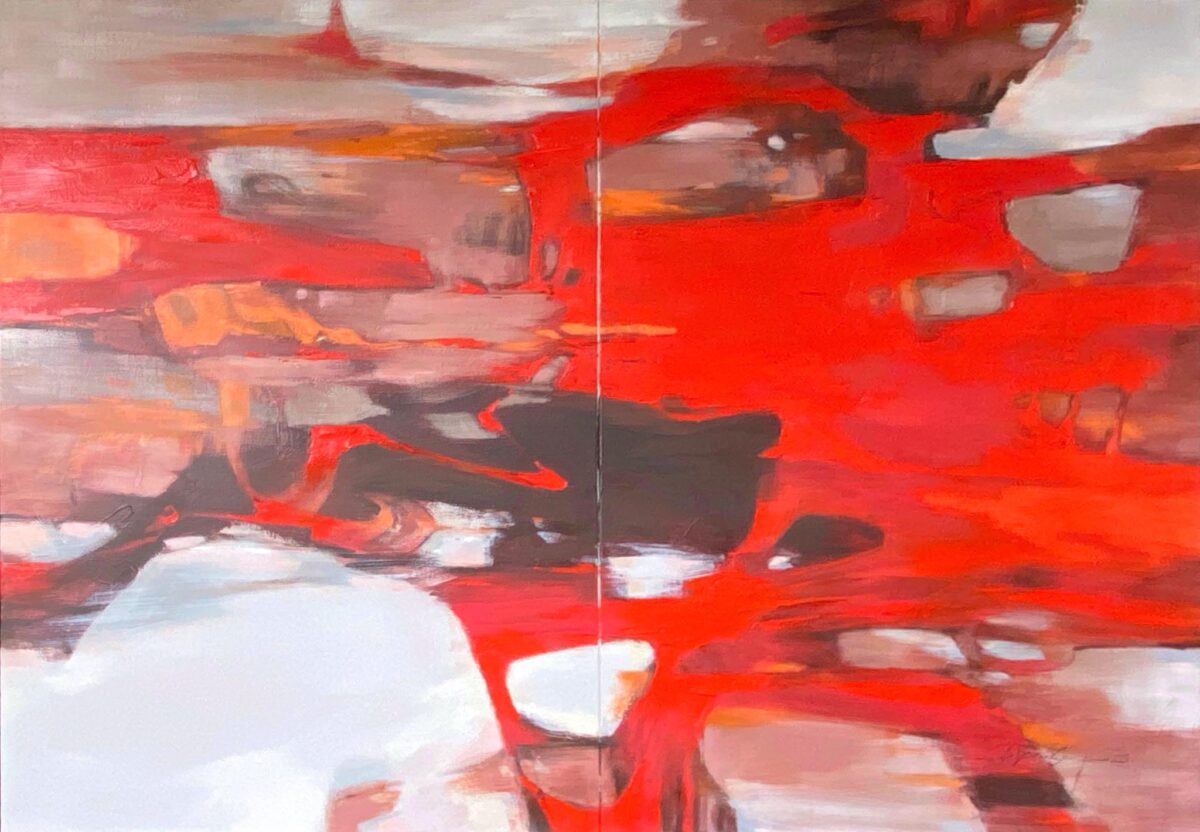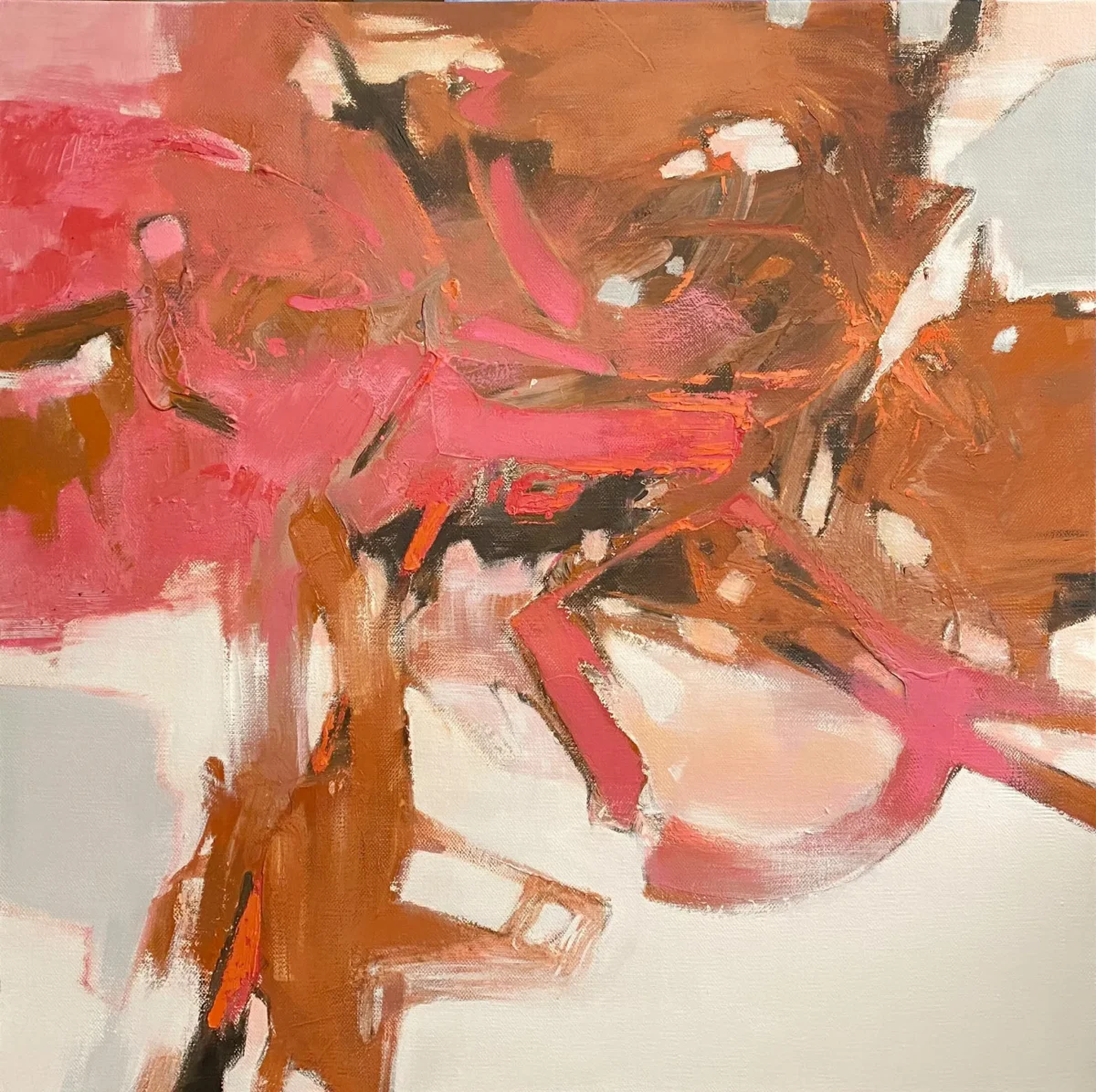Painting has always been a mirror reflecting the soul and culture of each land. If Western painting is known for its realism, light-dark techniques and diversity of schools, Eastern painting tends to be philosophical, meditative and in harmony with nature. This difference lies not only in painting techniques, but also in aesthetic ideas and the concept of human in relation to the universe.

1. Philosophy of art: Individual and collective
-
Western: Western: Human-centered. Since the Renaissance, European artists such as Leonardo da Vinci and Michelangelo have depicted the human body in detail, considering it the standard of beauty. Western art reflects a strong individual ego, emphasizing the artist's own emotions and thoughts.
-
The East: The East: Deeply influenced by Confucianism, Taoism, and Buddhism. The artist does not place himself in the center, but blends in with nature. Chinese ink paintings or Vietnamese four-panel paintings often emphasize harmony and simplicity, suggesting more than describing.
2. Theme: Reality and symbolism
-
Western Painting: Western Painting: Reflects social, religious and life realities. Classical paintings often depict the Bible and history, then expanded to include everyday life, landscapes and portraits. Impressionism, Post-Impressionism and Cubism all originated from observing and recreating reality.
-
Oriental painting: Emphasizes symbolism. A plum blossom branch, a bamboo branch, or a pair of swallows are not only images of nature, but also carry human and moral meanings. Vietnamese Dong Ho paintings, for example, are both art and a philosophy of simple, humane life.
3. Technique and materials: Colors and Indian ink
-
Western: Developed a variety of techniques: oil, watercolor, acrylic. Composition often followed the laws of perspective, light and shadow to create three-dimensional space. Works emphasized liveliness and closeness to reality.
-
The East: Mainly using Chinese ink, Do paper, silk, with soft, graceful lines. Instead of focusing on blocks, Oriental paintings emphasize lines and rhythm, so that viewers can feel the "spirit" of the scene more than the external form.
4. Aesthetic concept: Absolute beauty and spiritual beauty
-
Western: Search for ideal beauty – beauty of the body, shape, perfection in proportion.
-
The East: Beauty is associated with spirit, tranquility and nature. Paintings do not need to be realistic, but must “suggest” the idea, so that viewers can feel the soul.
5. Interference in modern times
Nowadays, the boundaries between Eastern and Western painting are gradually blurring. Eastern painters learn Western techniques of perspective and color; while many Western painters find inspiration from Eastern minimalism and meditative philosophy. In Vietnam, many young artists combine traditional lacquer with modern techniques, creating unique works of global significance.
Conclusion
The difference between Eastern and Western painting is not only the difference in materials or techniques, but also the contrast in thinking and artistic philosophy. One side emphasizes the ego and reality; the other side emphasizes harmony and symbolism. It is this diversity that has created a rich global picture, so that art becomes a cultural bridge between nations.






